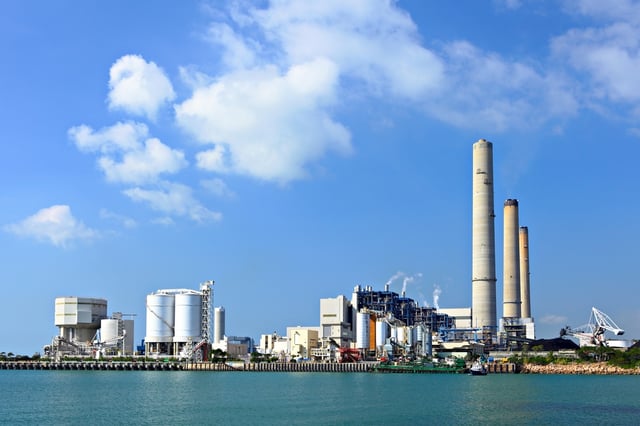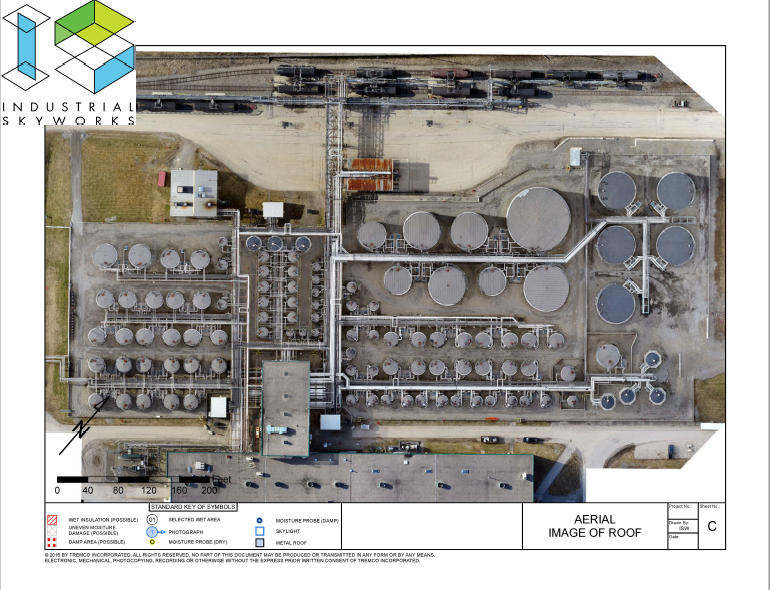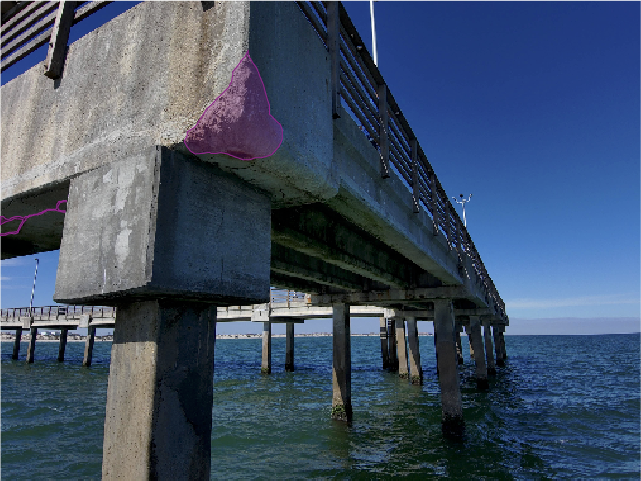A fast growing number of countries have enacted regulations enabling energy companies to deploy inspection drones for their maintenance requirements, saving those money and man hours, as well as avoiding more and more of potentially hazardous work each year. Aerospace and Defense Equity Analyst at Goldman Sachs Research reported in 2016 “Drones are entering a new era. There’s the common thread of them increasing efficiency, increasing safety and doing so at lower costs.” The reported business sense is today manifested as increased effectiveness of drone inspections in the Oil & Gas, petrochemical and infrastructure asset management.

Drone inspections are not all about flying the drones which is often less than 50% of the work. Drone inspection involves capturing, storage and analysis of large quantities of data (high resolution photographs, IR thermal images and videos) that are gathered during drone flight. The recording and processing of such data collected over time from the same site enables the most efficient “machine learning” to the benefit of the asset manager / operator. Advancements in drone technology are turning the cumbersome maintenance effort into a safer and more streamlined data collection process for implementing maintenance management systems. This also adds value to overall management systems based on ISO 9001 (quality), ISO 14001 (environment), or OHSAS 18001 (occupational health and safety).
Regulations and safety factors require manned systems to fly at higher altitudes and farther from whatever they are looking. Unlike manned aircrafts, maintenance requirements of drones can be easily met as the equipment is generally commercial-off-the-shelf (COTS). Thus drones offer a cheap and often advantageous alternative to manned flights because of their maneuverability in close spaces, smaller sensors and logistics (drones can be ground shipped but manned aircraft needs to fly to site).
These features have made drones a safer, quicker and more accurate equipment for monitoring purposes like those for a construction or operational site, do post-storm assessments, view encroachment by trees and vegetation, and perhaps even to secure safety cables for maintenance crew climbing a high-rise installation.

Portability of drones simplifies their shipment to offshore Oil & Gas installations with added advantage that inspector can avoid dangerous climbing while the quality of inspection is greatly enhanced (Once up there, some inspectors rely only on a cell phone camera to snap pictures of any problems).
Drones are often able to complete traditional inspection tasks at a fraction of the time and cost compared to traditional methods. There are instances where many companies feel constrained to limit the amount of on-site inspections performed due to traditional cost of truck rolls, crane movements, PPE, safety SOPs for climbing and so on. Drones have greatly reduced excess money spent on maintenance and repairs of energy and infrastructure assets whether the company needs to deploy drone inspections outdoor, indoor or offshore.
Most vital deployment of a drone could be in a situation where maintenance personnel are preparing to respond to a pipeline emergency while they don’t usually know the problem or what equipment is needed until they arrive at the location. Using an unmanned aerial vehicle provides the opportunity for inspections to occur remotely so that repairs can be performed more efficiently.
Under routine operations, drones help maintenance personnel for a gas company performing routine pipeline ROW inspection over a rocky area or an E&P company checking for oil spills or leakage in above surface wellhead gathering lines. Inspecting a flare stack thoroughly while burning is now possible through drone. Inspecting overhead process piping for corrosion, cracks or rusting is easily manageable through drone inspection.
Climbing up to wind turbine blades to inspect them for damage (or corrosion for off-shore wind turbine) was a dangerous and time-consuming job even for a single wind turbine – no more an issue with drone inspection for the entire field of wind turbines. In short, using drone inspection solutions for visual inspection provides benefits such as:
• Inspection of areas difficult to access
• Preventive maintenance planning and optimized production
• Access to areas that pose health, safety and environmental risks to humans
• Quick on-site deployment of the inspection system
• Authorized and qualified inspection personnel
• Reduced down time and costs.
Drones fitted with infrared cameras provide additional benefits as illustrated in the following text. Identifying defective photo-voltaic panels in a large array of thousands of panels was a time consuming and costly activity. Drones fitted with thermal imaging cameras can do a quick fly-over while taking infrared thermal images of the panels. These thermal imagery would be able to easily detect failing panels since defective photovoltaic panels emit more heat than those functioning properly. Similar infrared imaging can provide vital insight about failing electric panels in an oil rig, heated misaligned shafts, storage tank levels or detecting under insulation corrosion in piping.
The ways in which drones can help eliminate costs on construction, monitoring and reconnaissance activities can vary from simple assessments to in-depth visuals, videos, thermal imagery, data processing, modeling and calculations. In each way, drones have proven useful to reduce excess waste across sites. Specifically, by performing site inspections, drones are able to considerably cut down on costs compared to previous methods, making their deployment a long-lasting and sustainable option.
Infrastructure facilities and Oil & Gas upstream maintenance requirements for offshore structures, floating production systems, wellhead equipment & tubular goods, valves, drilling & production equipment, midstream refinery equipment, including storage tanks, pressure-relieving systems, and downstream sector pipeline operations can all benefit from drones. Drones help Oil & Gas sector in reliability and Safe conduct of operations, fulfilling their business, environmental as well as security responsibilities.
Drone network is growing at a pace much faster than originally anticipated, taking into its fold the key sectors of our economy – acquiring vital data in a safe manner.
About Industrial SkyWorks:
Industrial Skyworks (ISW) is a commercial, Unmanned Aerial System (UAS) and data management solutions company with offices in Houston, Toronto and Trinidad. Founded in 2012 by pilots with backgrounds and expertise in aircraft safety systems, risk management and aeronautical sciences, ISW inspects buildings, and oil and gas infrastructure using small Unmanned Aerial Systems (sUAS). They are the first company ever to receive FAA approval for night-time commercial drone operations and flew the first ever FAA-sanctioned night flight in the U.S., in the Fall of 2016.
Tags
Oil and Gas



.png)
